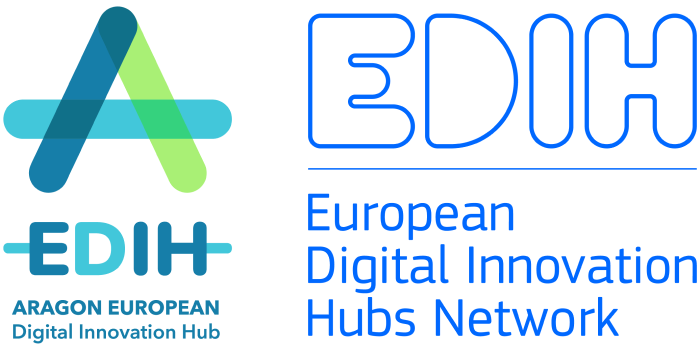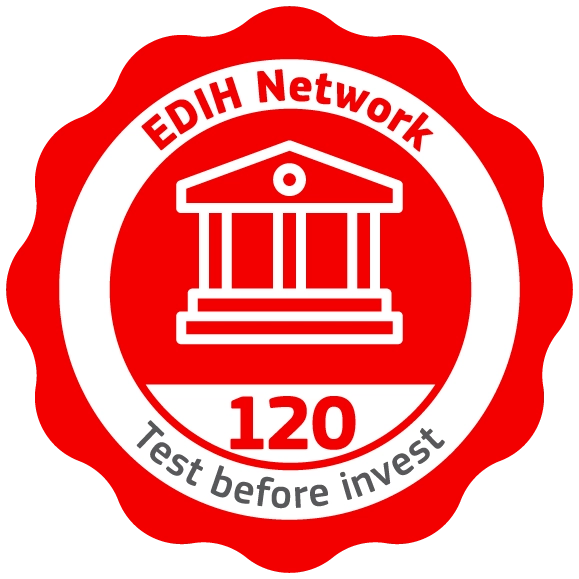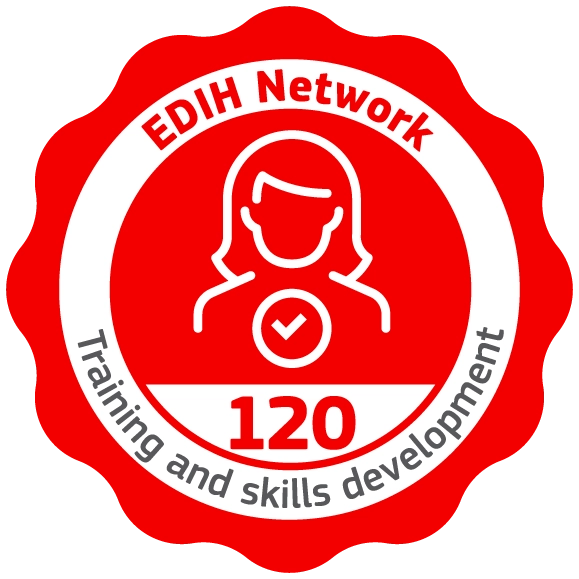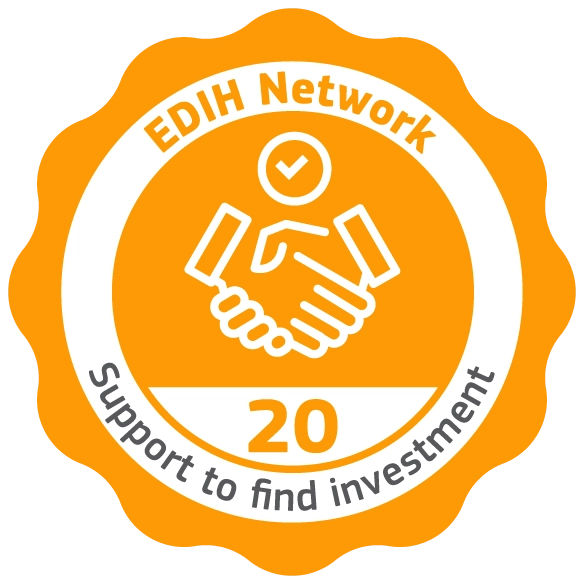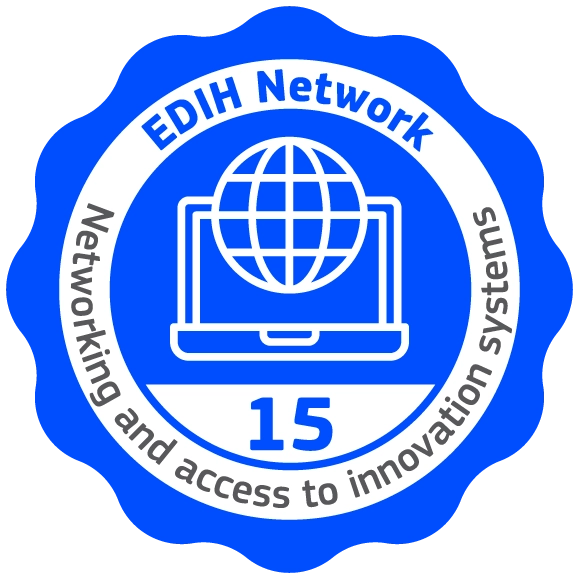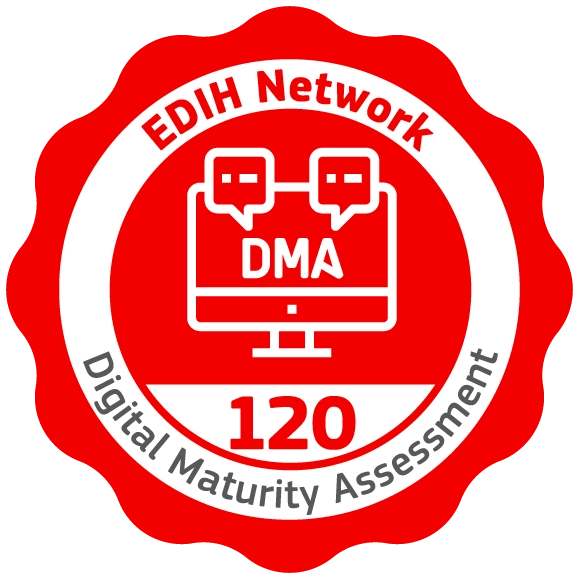Indoor location
Description
- Intelligent sensor technology applied to indoor localisation.
- Low energy consumption systems.
- Wireless sensor networks for indoor environments
- Knowledge models for indoor representation.
- Indoor/outdoor continuity of spatially based information.
- Integration of heterogeneous data sources Integration of CAD data with geographic data.
- Routometry
- Indoor mapping
- Spatial searches.
- Artificial intelligence applied to indoor localisation.
Competitive Advantages
The development of indoor location-based services, both for fixed and mobile elements, has three main challenges:
- Own and target location:
The non-existence of an indoor GPS makes the problem of determining the position inside a large building an unsolved challenge. Although great advances have been made linked to the use of medium and short-range communications beacons (basically wifi and bluetooth), this is an unsolved problem where the research groups involved in this proposal are working on improving accuracy and optimising the deployments that need to be developed. - Guiado propiamente dicho:
The information generated to represent a building is oriented towards its construction and maintenance (usually CAD data). It is not information on which it is feasible to deploy routometry technology without more. It requires adaptation and enrichment processes that in some cases can be automated, while in others require human intervention.The research teams involved are working on processes of adaptation and enrichment of building descriptive information in order to be able to apply existing guidance and routing solutions. The objective of these processes is to ensure continuity between the realities inside and outside the buildings.
Also as a relevant part of this problem is the need to characterise the different fixed and mobile elements that will exist inside the building and that can be the object of location and/or destination. This is the focus of some of the semantic characterisation work carried out by the researchers involved.
- Guidance itself:
The problem of guidance starts from one's own positioning and the cartography on which it can move, to determine the target or destination and find the path that leads to it. For the first point, the proposing research groups are working on spatial and semantic search techniques and technology. For the second step, the teams are building on well known solutions in the field of routing to extend them with building-specific information (e.g. ramps, stairs, lifts, and the capacities of all of them) in order to improve the existing algorithm in aspects related to the guiding constraints of special situations (fastest way, shortest way, way without stairs, way without lifts, ....), and in optimising its calculations to be able to regenerate them in real time.
Applications
- Retail in large retail outlets
- Security systems in large facilities (airports, train stations, ...) and in underground environments (mines, tunnels)
- Health and social services (hospitals, nursing homes, ...)
- Tourism and culture (museums, unique buildings, ...)
Classification
Technology Areas:
- Artificial Intelligence and cognitive systems
- Sensors, actuators, MEMS, NEMS, RF
- Robotics and autonomous systems
- Location based technologies (e.g. GPS, GIS, in-house localization)
Categories:
- Technological development
- Technology transfer
- Concept validation and prototyping
- Testing and validation
Keywords
SBL, Location-Based Services, Spatial Semantics
